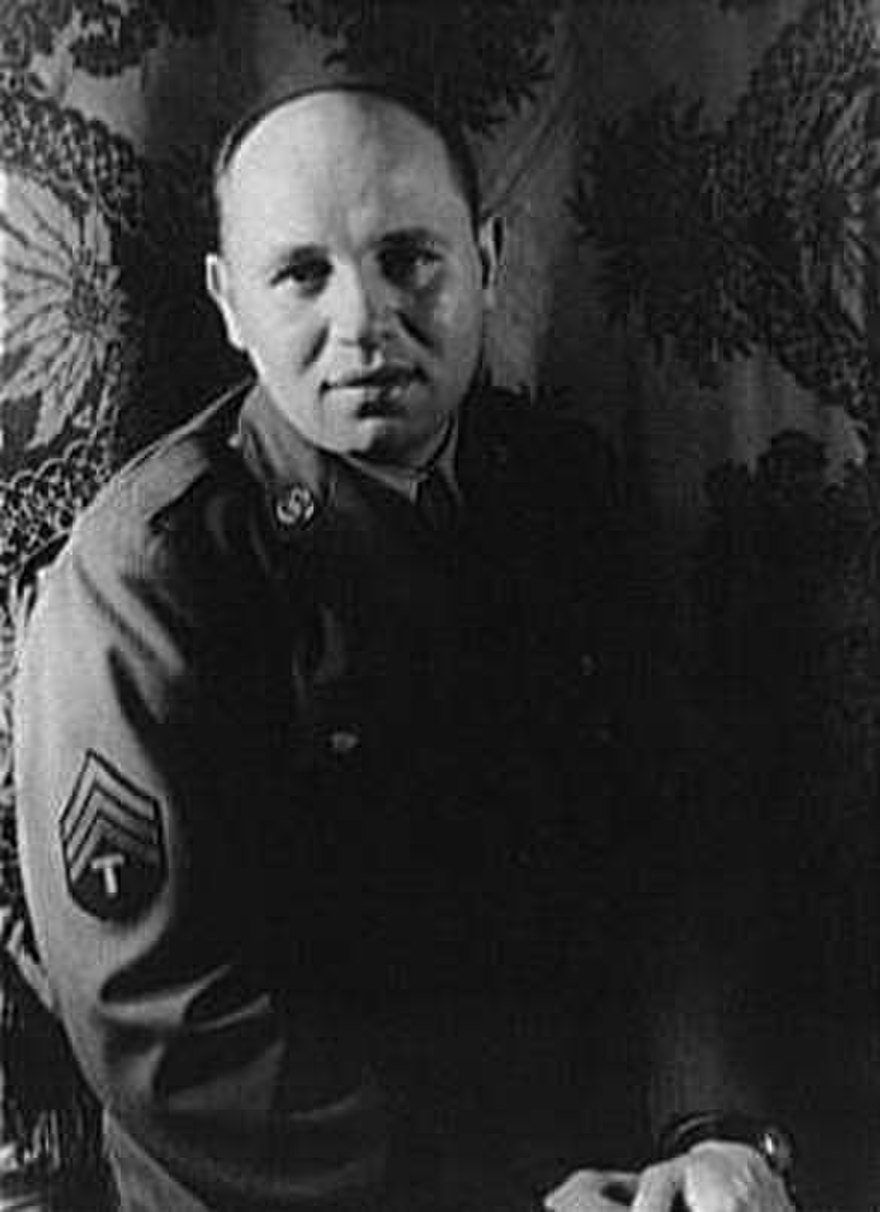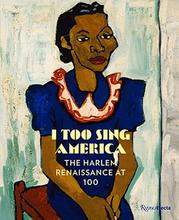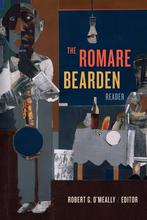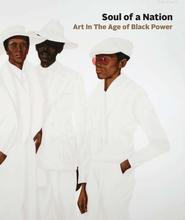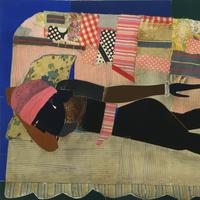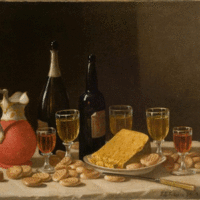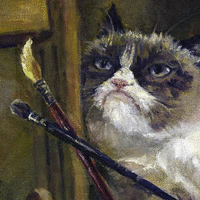More about Romare Bearden
- All
- Info
- Shop
Works by Romare Bearden

Contributor
Romare Bearden eventually became an artist after other weird and unlikely prospects fell through.
He is most known for bustling, painterly collages that depict scenes of African American daily life in Northern cities and the rural South during the 20th century.
The urban/rural dichotomy in his work is somewhat autobiographical. His family moved to NYC from North Carolina when Bearden was a young kid, and they were immediately poised to be on the inside of the Harlem Renaissance. His mother was a reporter, and then the New York editor, for The Chicago Defender, the foremost Black newspaper of the time. Family friends included fancy people like Langston Hughes and W.E.B. Du Bois.
The fragmented, improvisational vibe of Bearden’s imagery makes it feel kind of jazzy, which is not a coincidence. Bearden was raised on jazz. Duke Ellington was an early patron of his work, and later on he designed an album cover for Wynton Marsalis. Branford Marsalis actually produced an album that he called a tribute to Bearden’s art (which frequently depicted jazz musicians).
A little known fact about Bearden is that he passed up a professional baseball career. He started playing ball while he was a student at Boston University (preparing to become a doctor). Then he was recruited to play for the “Boston Colored Tigers,” which was back then an acceptable name for a semi-pro African American baseball team. He was such a sick pitcher that the Philadelphia Athletics, a white team, offered him a spot--with the caveat that he could only play if he agreed to “pass” for white. It was a crappy position for a light skinned black man to find himself in, and he turned down the opportunity out of self respect.
Which is great for us, because if he had forgone art to pursue baseball, his only collages would have been made out of gum wrappers and sunflower seed bags. He started off as a political cartoonist for the black Baltimore newspaper The Afro-American, and then began to make the collages that would define him as a principal Harlem Renaissance artist. He used all manner of scrappy materials in his work, including magazine clippings, handpainted papers, and even wrapping paper and wallpaper. His industrious creativity earned him the reputation of “the nation’s foremost collagist.” Maybe kind of a narrow market to corner, but nonetheless impressive.
Sources
- Parnham, Jason. “The Man Who Spurned a Baseball Career to Become a Renowned Artist.” The Atlantic. March 14, 2012. Accessed July 24, 2017. https://www.theatlantic.com/entertainment/archive/2012/03/the-man-who-s…
- “The Art of Romare Bearden.” National Gallery of Art. Accessed July 24, 2013. https://www.nga.gov/feature/bearden/tech3.shtm
- Ulaby, Neda. “The Art of Romare Bearden.” NPR. September 14, 2003. Accessed July 24, 2017. http://www.npr.org/templates/story/story.php?storyId=1428038
Featured Content
Here is what Wikipedia says about Romare Bearden
Romare Bearden (/ˈroʊməriː/, ROH-mə-ree) (September 2, 1911 – March 12, 1988) was an American artist, author, and songwriter. He worked with many types of media including cartoons, oils, and collages. Born in Charlotte, North Carolina, Bearden grew up in New York City and Pittsburgh, Pennsylvania, and graduated from New York University in 1935.
He began his artistic career creating scenes of the American South. Later, he worked to express the humanity he felt was lacking in the world after his experience in the US Army during World War II on the European front. He returned to Paris in 1950 and studied art history and philosophy at the Sorbonne.
Bearden's early work focused on unity and cooperation within the African-American community. After a period during the 1950s when he painted more abstractly, this theme reemerged in his collage works of the 1960s. The New York Times described Bearden as "the nation's foremost collagist" in his 1988 obituary. Bearden became a founding member of the Harlem-based art group known as Spiral, formed to discuss the responsibility of the African-American artist in the civil rights movement.
Bearden was the author or coauthor of several books. He also was a songwriter, known as co-writer of the jazz classic "Sea Breeze", which was recorded by Billy Eckstine, a former high school classmate at Peabody High School, and Dizzy Gillespie. He had long supported young, emerging artists, and he and his wife established the Bearden Foundation to continue this work, as well as to support young scholars. In 1987, Bearden was awarded the National Medal of Arts.
Check out the full Wikipedia article about Romare Bearden

